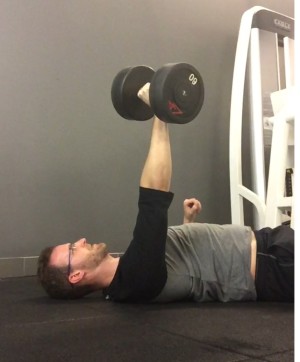This is part 2, check out Part 1 if you haven’t yet.
The glutes and lats are part of the core. Typically, we tend not to think of them that way because they appear to be relatively far away from the stomach. To clear up the mystery, it helps to think of the core as a base of stability, rather than to associate it only with the stomach or with washboard abs. The spine and hips create a stable base on which your body can operate, therefore, whatever helps to create stability in those areas can be thought of as part of the core.
In the last part we talked about the local core musculature and stabilizing the spine. The lats and glutes are a part of the global musculature and together, they help to stabilize the pelvis and the SI joint. The SI Joint is the place where your sacrum (the last of your spinal vertebrae; the tailbone is a part of it) and your pelvis connect. Both the glutes and the lats attach to the pelvis and have a connection to each other through fascia, the heavy connective tissue running throughout your body. When your left glute and your right lat contract they pull across each other in a diagonal fashion. This diagonal tension creates a large stabilizing effect for the low back and across the sacrum, including the SI Joint.
From a training standpoint, this means that having strong glutes and strong lats is vital to having a strong core. And as we all know, having a strong core is good for dealing with all kinds of chronic pain, especially in the low back. Exercises like deadlifts – properly coached from a fitness professional – help you strengthen these muscles and, perhaps even more importantly, learn to use them together.
Many fear deadlifting because of the risk of back injuries, but many of those fears revolve around not understanding the lift and not being prepared to execute it. With proper training, it is one of the best core exercises out there! This is where having a professional help you becomes so key. Understanding the technique as well as understanding where your abilities are allows you to learn and execute this lift effectively. Learning that teaches you to use all of your core musculature to create a stable body. Having a stable body creates strength. Strength can help to reduce and even eliminate chronic pain.

